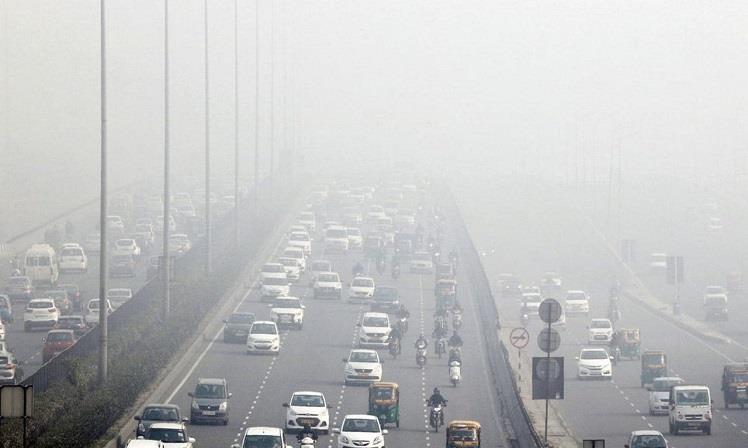
Pollution in Delhi: Five major outdoor pollutants we should know about
17-12-2020
Generally, when it comes to causes of pollution in Delhi we often tend to believe that stubble burning and other emissions from motor vehicles are the only culprits. However, there are other kinds of pollutants that float in the air and cause air pollution. The basic source of these pollutants is industrial pollution, emissions caused by combustible engines, smoke from waste burning, dusty winds among others.
The five most common air pollutants include
======================================
1. Ozone (O3): It is also called ground-level ozone. This is a colorless gas that forms above the earth's surface and is created by a chemical reaction when two primary pollutants react in sunlight and stagnant air. These two pollutants are volatile organic compounds (VOCs) and nitrogen oxides (NOx).
2. Particulate matter (PM10 and PM2.5): Particulate matter is a mixture of solid and liquid droplets suspended in air and are categorised by their size. When the skies are hazy, it means there is a high concentration of particulate matter (PM) in the air. The PM is categorised as PM10 and PM 2.5. PM10 particles are inhalable and are less than or equal to 10 micrometers in diameter. While, PM2.5 are fine particles that are less than or equal to 2.5 micrometers in diameter.
3. Nitrogen dioxide (NO2): Another dangerous air pollutant is a mixture of gases called nitrogen oxides. These groups of gases are odorless and react in the air to form particulate matter (PM) and ozone. Vehicles, power plants and fuel burning are the major source of nitrogen oxides.
4. Carbon monoxide (CO): This gas is highly toxic while at the same time being odorless and colourless. This gas constitutes one of the major outdoor pollutants. The burning of fossil fuels like diesel and petrol caused the emission of this gas.
5. Sulphur dioxide (SO2): The highly reactive gas called sulphur dioxide is released due to the burning of diesel in vehicles. The Sulphur dioxide then reacts with air to form particulate matter and also lead to smog.
Leave a comment: (Your email will not be published)